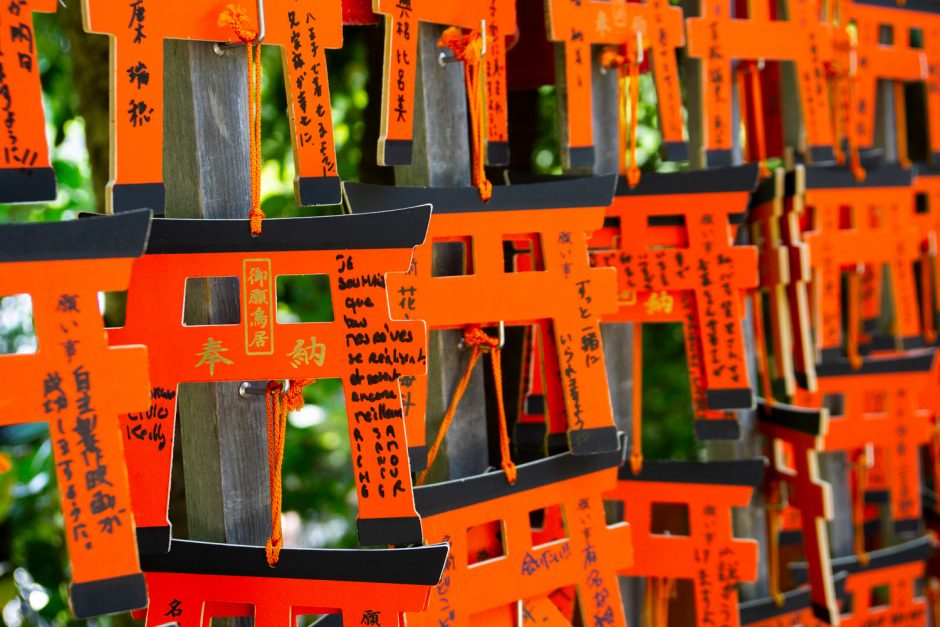Japan is a land of many traditions and cultures that varies between prefectures. However, despite differences in their celebrations, the Japanese people are united by the indigenous religion of Japan, Shintoism – a practice of religious rites based on the Japanese polytheistic idea of ‘kami’ (deity). Here is an insight into the History of Shintoism and facts on Shintoism.
The word Shintō literally means “Way of Kami.” There’s more to the history of Shintoism than it being just a religion—in many aspects, it is the keystone of Japanese culture, with many Japanese nowadays carrying out Shinto practices without identifying themselves as belonging to any institutional sects.
It has its origin dating back to the 1000 BC. Early records don’t refer to a unified or organised religion that we now recognise as Shintoism. Instead it is a collection of native beliefs and mythology, with its roots in worshipping nature and natural objects ranging from trees, lakes, mountains, flowers, and rocks.
Here are 10 interesting facts about Shintoism:
1) Shinto has no official sacred texts and no system of doctrine. It stands apart from other religions because of its inclusive nature, inviting people of any faith to participate in its rituals.
2) Shinto is the most widely practised religions in Japan; for centuries the Japanese people have been practising Shintoism alongside Buddhism.
3) The ultimate goal of Shintoism concerns happiness and prosperity in this world, whereas Buddhism, for the Japanese, relates to the peace of deceased souls.
4) Divine beings in Shinto are called ‘kami’ and are often referred to with the phrase “yaoyorozu no kami,” which means “eight million kami”.
5) The most important deity is the sun goddess ‘Amaterasu’ who was born out of her father Izanagi’s left eye. She is the one who lights the world and dispels darkness.
6) The God of rice known as ‘Inari’, who is the one who not only gives the people rice, but is also the God of wine, prosperity and merchants. Inari has close to 32,000 shrines among the 75,000 Shinto shrines in Japan.
7) Ise Jingu is the most sacred Shinto shrine in all of Japan, dedicated to the sun goddess Amaterasu.
8) Shintoism emphasises on purification of the mind, body and soul, hence the shrines have a separate area for cleansing, which is a must before entering Shinto shrines.
9) The most important holiday in Shinto is the New Year’s Day celebration and the temples will ring the bells 108 times on the New Year’s Eve to drive away the sins of the past.
10) Most Shinto shrines have stalls where you can buy the omikuji, omamori, and ema. Omikuji are fortunes drawn at random with a message from the kami which are considered sacred. Omamori are amulets or charms to draw the good graces of the kami which offers protection, ease or cure illness. Ema are wooden boards on which prayers and wishes are written and then hung up at the shrine for the kami to see.






You must be logged in to post a comment.